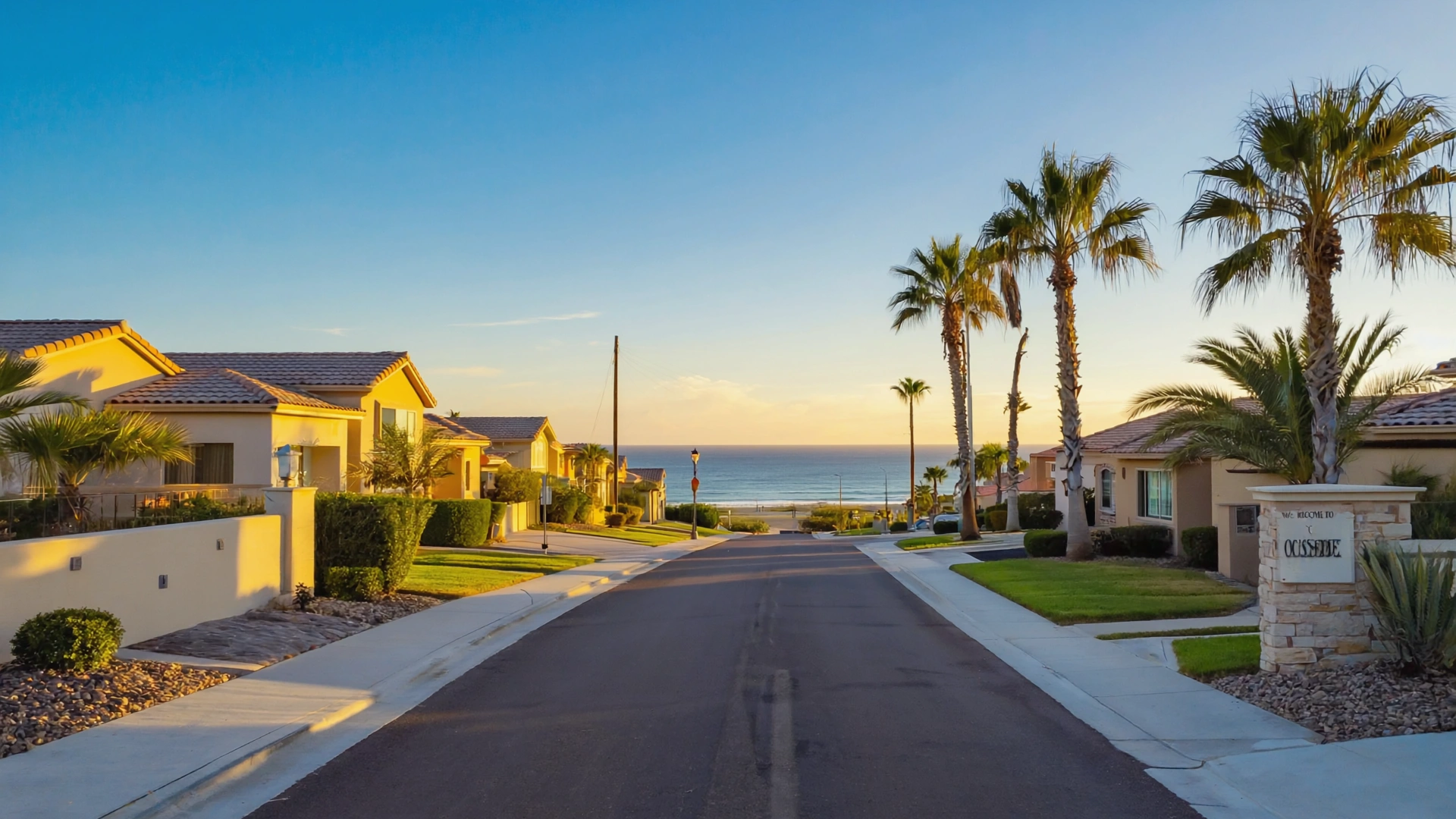Living in San Diego means enjoying stunning sunsets, the sound of crashing waves, and that unmistakable salty sea breeze. But the same coastal climate we love is waging a silent war on the metal hardware of our homes. The beautiful marine layer that drifts through neighborhoods like Ocean Beach, La Jolla, and Del Mar carries microscopic salt and moisture particles that are highly corrosive. Your door locks, being exposed 24/7, are often the first victims.
This guide explains the science behind the damage and provides expert tips on coastal home lock maintenance to protect your home and your investment.
The Science: How Salt Air Causes Lock Corrosion
It’s a simple but destructive chemical reaction. The salt (sodium chloride) in the sea air acts as an electrolyte. When it combines with moisture from the humid marine layer and the metal components of your lock, it dramatically accelerates the oxidation process—more commonly known as rust.
This corrosion doesn’t just create an unsightly orange coating. It works its way into the intricate internal mechanisms of your lock, including the pins, springs, and cylinder. Over time, this buildup causes:
- Increased Friction: Making the key difficult to insert and turn.
- Seizing of Components: The internal pins can get stuck, leading to the lock failing to engage or disengage.
- Weakening of Metal: The structural integrity of the lock is compromised, making it more vulnerable to being forced open.
Ignoring this process doesn’t just lead to inconvenience; it can become a serious security risk.
Proactive Lock Maintenance: Your 3-Step Coastal Care Routine
The key to longevity is regular maintenance. Don’t wait until your key breaks off in the door. Follow this simple routine every 3-4 months to combat the effects of the salty air.
- Clean the Lock: Start by cleaning the exterior of the lock and the keyhole with a damp cloth to remove surface salt and grime. For a deeper clean of the internal mechanism, spray a small amount of an electronics-safe contact cleaner into the keyway to flush out debris.
- Dry Thoroughly: Use a can of compressed air to blow out any remaining moisture and cleaner from the keyway. It is crucial that the lock is completely dry before lubrication.
- Lubricate Correctly: Do not use oil-based lubricants like WD-40. These products can attract more dust, salt, and grime, eventually gumming up the lock’s pins. Instead, use a dry, graphite-based or Teflon-based lock lubricant. Apply it sparingly into the keyway, then insert your key and work it in and out and turn it several times to distribute the lubricant evenly.
Choosing the Right Hardware: Invest in Rust-Proof Locks
When it’s time to replace your locks, material choice is everything for a coastal home. Look for hardware specifically designed to resist corrosion.
- Solid Brass or Bronze: These materials do not contain iron and therefore will not rust. They will develop a natural patina over time but will not corrode in a way that affects function.
- Stainless Steel (Grade 316): Often called marine-grade stainless steel, this alloy contains molybdenum, which provides superior resistance to salt corrosion compared to other grades.
- PVD Finishes: Physical Vapor Deposition (PVD) is a high-tech coating process that creates a very durable, corrosion-resistant finish on lock hardware.
Investing in the right residential hardware from the start can save you a great deal of money and frustration in the long run. If you’re unsure what’s best for your home, our experts can guide you.
Don’t let San Diego’s beautiful climate compromise your home’s first line of defense. For expert advice or professional lock maintenance in San Diego, get in touch with our team.
Frequently Asked Questions (FAQs)
Q: My door handle is stiff, but the key still works. Is this related to the salt air?
A: Yes, very likely. Corrosion can affect not just the key mechanism but also the latch and handle components. The maintenance tips of cleaning and proper lubrication should be applied to all moving parts of the door hardware, not just the keyhole.
Q: How often should I replace my locks if I live right on the coast in an area like Ocean Beach?
A: With regular maintenance, high-quality, marine-grade locks can last for many years, often a decade or more. Lower-quality locks made from less durable materials might need replacement in as little as 3-5 years due to the constant exposure to salt and moisture.
Q: Is it possible to repair a lock that has already started to rust?
A: It depends on the extent of the corrosion. If the rust is minor and only on the surface, a professional cleaning and lubrication service can often restore its function. However, if the corrosion has compromised the internal mechanisms or the structural integrity of the lock, replacement is the safest and most reliable option.

